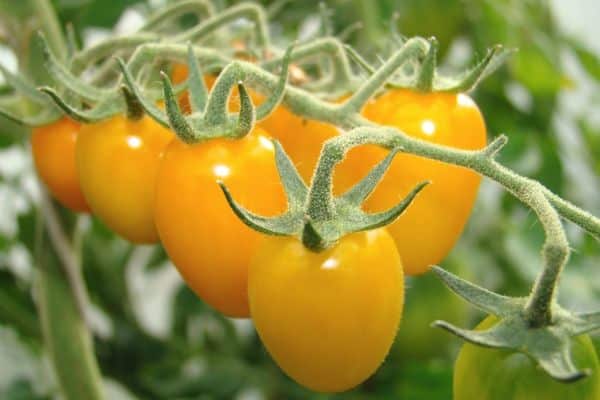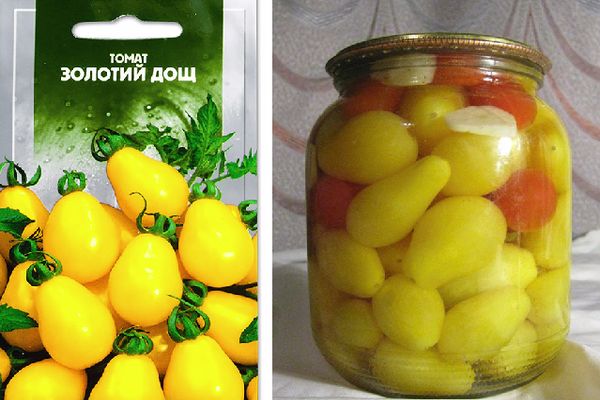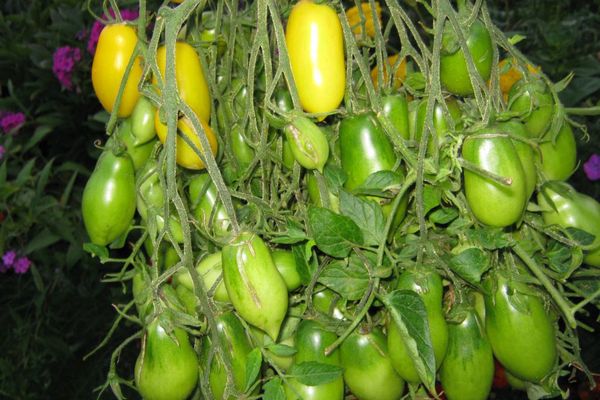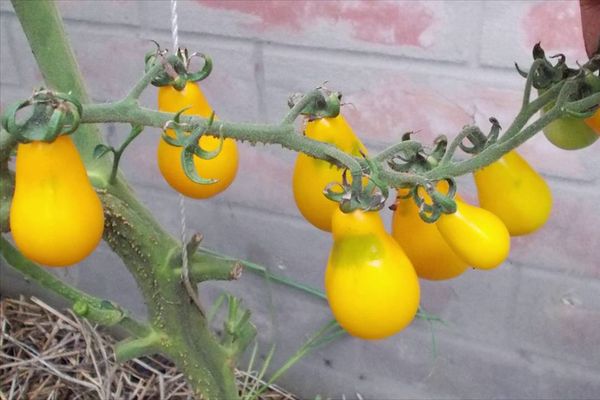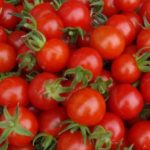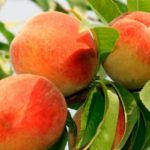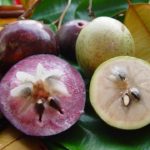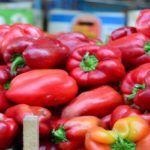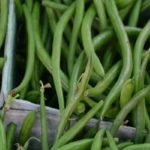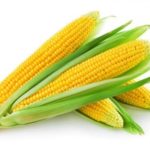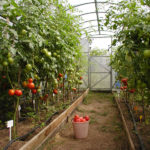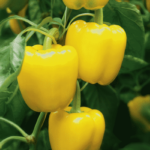Colored tomato fruits attract gardeners. The Golden Rain tomato pleases with an abundance of yellow berries. Their elegant shape allows them to be used to decorate vegetable dishes. The mild sweetish taste is liked by adults and children.
Appearance of the plant
The tomato is designed for growing in open ground and unheated greenhouses. Technical characteristics of the plant:
- indeterminate variety;
- outdoors reaches a height of 1.50 m, under shelters 1.8 m;
- mid-season (from germination to the first tomatoes 135-140 days);
- from planting seedlings to a permanent place to harvesting tomatoes 80 days;
- leaves are medium sized, bright green;
- complex brushes, prone to overload with fruits;
- with proper agricultural technology, it is possible to get up to 3.5 kg/m².
Tomato variety Golden Rain is sensitive to air humidity. Gardeners need to take into account the characteristics of the soil. Loamy and sandy loam soils are ideal for growing. Too heavy or light soils should be structured.
What makes a tomato happy?
The shape and color of the fruits do not leave summer residents indifferent. Description of berries:
- teardrop-shaped with a thickening at the bottom;
- light yellow color;
- fetal weight up to 30 g;
- easy separation from the stalk;
- gradual ripening of berries in the cluster;
- the flesh is fleshy, juicy;
- sweet taste of fruits;
- a large number of chambers with seeds;
- pronounced “tomato” aroma;
- fruits with dense, rough skin.
Gardeners appreciated the universal purpose of the fruit. Tomatoes are delicious fresh and look great in canned whole fruits. The thick skin prevents the berries from cracking during heat treatment. Sauces and spreads have a sweet taste and unexpected color.
How to get what you want
Golden Rain tomatoes are somewhat capricious. To achieve the desired results you will have to work hard. Recommendations for growing:
- sowing for seedlings in the second ten days of March;
- during forcing of seedlings, it is necessary to monitor air humidity (< 65%);
- the temperature should not exceed 18 ⁰С;
- Seedlings must be illuminated until 18 hours;
- placement on permanent beds on May 10-20 (if spring is prolonged, the planting date is delayed until the last frost);
- landing according to the pattern: 60 cm x 70 cm;
- fertilizing during planting with any mineral complex (or double superphosphate);
- mulching beds with grass, straw, black non-woven material;
- do not allow the soil to become waterlogged (water only after it has completely dried);
- maintain humidity in the greenhouse < 60%;
- do not allow the air to overheat (pollen from flowers is sterilized);
- form into 2-3 stems;
- regularly take stepsons;
- lighten the filling fruits;
- Be sure to tie up plants and brushes;
- during prolonged rains, it is recommended to cover plantings on open ridges with film;
- fertilize with mineral complexes according to the manufacturer’s scheme.
Crop turnover should be taken into account. Precursors for tomato: beans, beans, cabbage, turnips, radishes, lettuce. It is not recommended to plant it after potatoes and peppers.
Planting must be planned in advance: the beds should be filled with nutrients and the soil should be structured.
Soil greening in greenhouses is a simple method of healing. Planting rye, peas, and oats will free the soil from pathogenic bacteria and help grow strong tomatoes.
What did the gardeners decide?
The Golden Rain variety is loved by gardeners. They give good reviews. People like: color, aroma, yield, universal purpose of fruits, appearance. Children feast on berries from the bush and appreciate their “candy” taste.
There is only one drawback: capriciousness. Seedlings are easily affected by blackleg; adult plants, due to the ripening period, do not escape late blight. To get a decent harvest in an unfavorable summer, you have to work hard.

